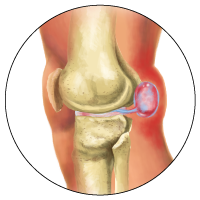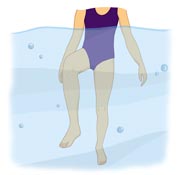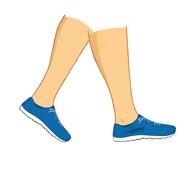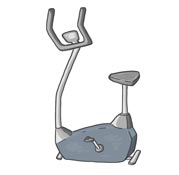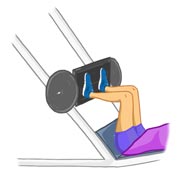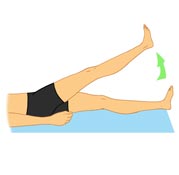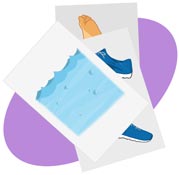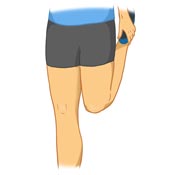Baker's Cyst Exercise
If you have knee pain, exercising may be the last thing on your mind. And you're not alone. Only 13 percent of men and 8 percent of women with knee ailments get the minimum recommended amount of weekly exercise, experts say. But exercising could be the best thing you can do for your knees.
Exercise is a good therapy for knee pain, but it needs to be the right kind of exercise. Pounding your knees with high-impact exercise or overdoing it during workout could make your knee pain worse. But it's easy to avoid problems by following a few do's and don'ts for exercising with knee injuries.
Although knee pain may present some exercise barriers, many kinds of exercise are easy on the joints and will make your knees feel better, not worse. Most people with arthritis and other kinds of knee pain and injuries don't get enough exercise. Exercising regularly can help ease knee pain, help speed up the recovery process, improve joint function, and improve overall health. If you aren't sure what kind of exercising you should do for your specific knee pain, consult your doctor or work with a physical therapist.
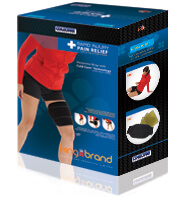 Before doing too much exercise or pushing yourself too hard, it is important that you keep swelling to a minimum. One of the best ways to bring down swelling is to use cold therapy, and one of the best products to do that is the King Brand ColdCure Wrap.
Before doing too much exercise or pushing yourself too hard, it is important that you keep swelling to a minimum. One of the best ways to bring down swelling is to use cold therapy, and one of the best products to do that is the King Brand ColdCure Wrap.
Click Here for More Information about the King Brand ColdCure® Leg Wrap
